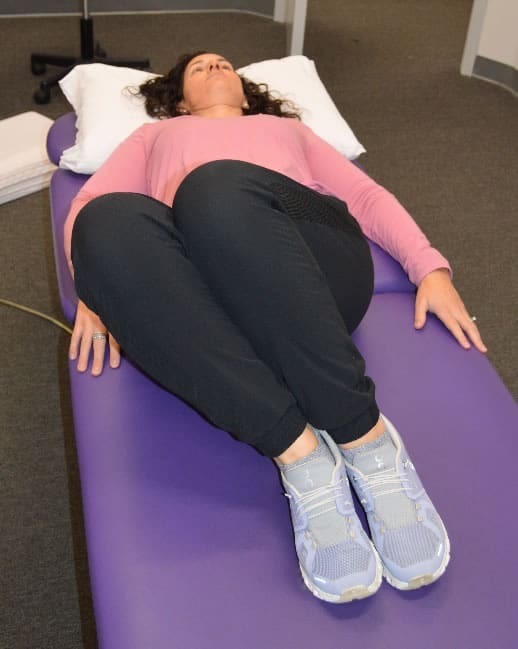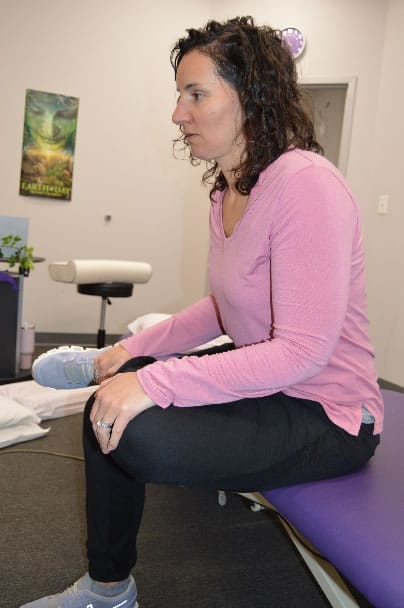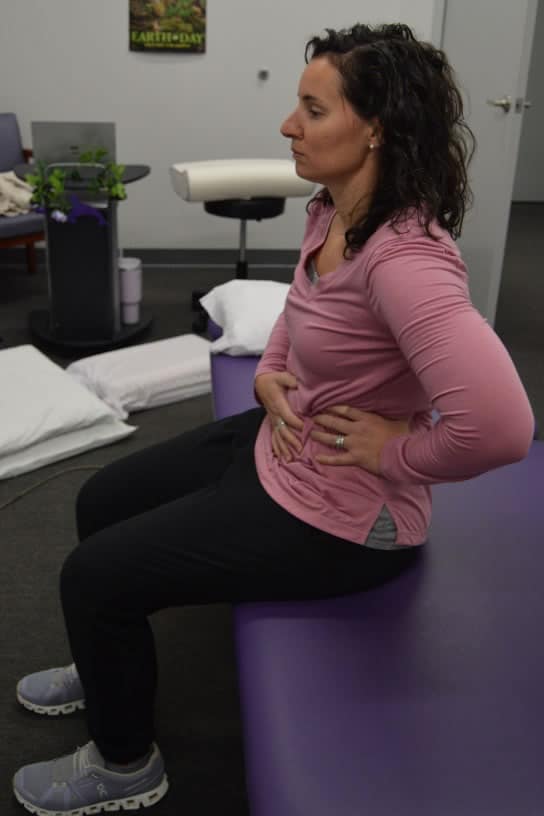
Back pain is an unwelcome companion for many, affecting 80% of adults at some point in their lives. Whether it's the toll of daily life, the aftermath of pregnancy, or the result of past injuries, back pain can be debilitating. Yet, too often, people endure the discomfort without seeking the help they deserve.
In this guide, we'll explore simple and effective solutions to alleviate back pain, covering essential aspects like posture, exercise, rest, and stretching. It's time to take charge of your well-being and discover a path to a pain-free life. Rest will not heal your body like many hope it to do as we need to improve our movements patterns and give our body the nutrients it needs to heal. We have to move in the right direction to make the best change in reducing back pain.
Embark on a journey with me to a pain-free existence today. Explore the strategies shared here and implement them into your daily routine. However, remember that these tips are just a starting point. For personalized guidance and a deeper understanding of your unique needs, consider reaching out to an expert physical therapist.
Take a step towards a healthier, pain-free life now! If you're hesitant to make the leap, start with a FREE consultation by emailing us at getbetter@breakawaypt.com.
Let’s get started on what you can change today for a better and healthier tomorrow.
Understanding Your Posture
Begin your journey by examining the postures dominating your day. Identify where you spend most of your time and assess your posture in those situations. A picture is worth a thousand words; have someone take photos of your posture from different angles. These images can be invaluable in understanding and improving your alignment.
Remember, each body is unique, so tailor your posture corrections to your individual needs and for more specific assistance, check with your physical therapist on ways to tweak your postures. Whether you spend your day in sitting, standing, driving, or many other positions- it is important to see how your body is supported or not throughout your day. It is also important to consider how long you are spending in each position. Set a timer to remind you to take a break, grab a cup of water, say a quick hello to a friend or have a short dance party to change your postures without even thinking about it.
Ice or Heat:
Ice and heat are your allies in the battle against back pain. Ice is excellent for acute injuries and inflammation, providing quick relief by constricting blood vessels. This will give you a breath of fresh air on moving through your back pain and use for 10 minutes for the best effect.
On the other hand, heat is ideal for tight muscles, spasms, and stiffness, promoting blood flow and flexibility. Think of a hot shower in the morning, which will give you the same relief as putting a heating pad on your back for 15 minutes.
Use these remedies wisely, and always consult your doctor if you have underlying medical conditions (altered or impaired sensation, etc.). They are both great to give your body a reduction in back pain, which helps your mind and body to heal.
Start with Gentle Movements and Stretching:
Exercise is crucial, but it's essential to start slowly and mindfully. Listen to your body; it communicates through pain signals. Think of it like a traffic light – green means go, yellow signals slow, and red demands a stop.
Living in the green zone is a great place to be because you are feeling little to no pain with those movements. When you get to a yellow or moderate zone, your body is telling you to make some changes. Slow things down to make sure that you don’t progress to a worse level of discomfort. The red zone means you need to stop or else your body will pay for it. Meaning you will need to take medications afterwards to manage your pain.
Begin with gentle movements and stretches, be consistent with movement to help heal your body. Here are some exercises to get you moving gently:

Lower Trunk Rotation
Lay on your back with your knees bent and together. Slowly let your knees fall towards one side together and ideally you feel a gentle stretch along your lower back that may progress to your gluteals. Hold this for 3 seconds and then move both legs together towards the other side. Repeat 10 times on each side holding for 3 seconds each.
Pelvic Tilts
This can be done lying down, sitting, standing or whatever position your back loves the most. Put your hands on your hip bones and flatten your back like you are tucking an imaginary tail. If you are sitting or lying down, you should feel your back contact the surface that it’s up against. This is more challenging to start in standing if you have never done this before. Tuck your bottom under holding for 5 seconds then stick your bottom our moving your pelvis in the opposite direction. Complete 10 times holding for 5 seconds each.

Figure Four Stretch
This is a great exercise to stretch your gluteals that can have a major impact on lower back pain. You can do this lying down or in sitting. Put one ankle on the opposite knee. You can hold this position if you already feel a stretch. If you are lying down and don’t feel a stretch yet, then grab your leg that isn’t crossed bringing it closer to your body. You can use a yoga strap or dog leash behind your knee to help. If you are sitting and don’t feel a stretch yet, then lean forwards until you feel a stretch in your gluteals. Hold for 30 seconds and repeat 3 times on each side.
Remember these are basic exercises to get your body moving, improve circulation to the tissues and help get some relief from back pain. Be consistent and start with these exercises daily.
Diaphragmatic Breathing
Correct breathing can significantly impact back pain. It can also reduce stress and will help optimize all systems in our body to work at their best.
Embrace diaphragmatic breathing to engage your entire respiratory system. Imagine that you put on an inner tube around your waist to jump into a swimming pool. This is where you want to direct air when you inhale and then feel the air release from this area when you exhale. You should feel the expansion in your stomach, sides, and back as you inhale. When you use your diaphragm properly, this causes expansion along our entire body and even down to the pelvic floor (which can be involved in back pain and tailbone pain).
If you take an upper chest breath meaning you inhale into your neck and shoulders, then you are using our small accessory muscles for breathing. This can contribute to neck pain, tension along your neck and difficulty getting in a full, deep breath because you are forgetting to use your diaphragm.

Put one hand on your stomach, the other hand should wrap around your side to your back. Inhale feeling the air fill into both hands, take a brief pause and then slowly exhale through your moth as if you are blowing all the blooms off a dandelion.
This practice of diaphragmatic breathing not only reduces pain but also alleviates stress, contributing to overall well-being. Try it in different positions- lying on your back, on your side, on your stomach, sitting and standing. Do 5 breaths and repeat 3 times throughout your day, especially if you are feeling increased back pain.
Implement one of these strategies today to make a change in your back pain. Master it and have it become a habit in your life before you add another one.
Stay tuned for the rest of my tips on unlocking back pain relief – your guide to a pain-free life.



